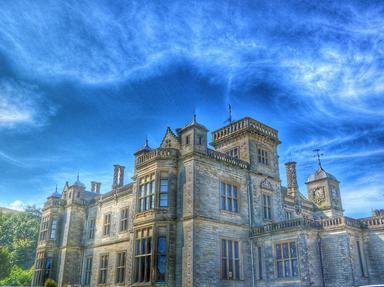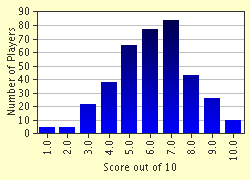Quiz Answer Key and Fun Facts
1. USS Phoenix, a light cruiser, survived Pearl Harbor and won 9 battle stars in WWII. How was she known when she was sunk by the British nuclear attack submarine "HMS Conqueror"?
2. The Exocet anti-ship missile system accounted for the loss of two British ships and damage to a third. What is the country of origin of the Exocet?
3. The only arm of the Argentinian forces which proved its mettle as an effective fighting force was the Fuerza Aérea Sur (or, in English, the Southern Air Force). Who commanded it during the Falklands conflict?
4. Where was the British beachhead established preparatory to the landing of the British ground forces?
5. When she was launched in 1960, she was the largest passenger ship built since the Second World War. During the Falklands War she was used as a troopship to deploy personnel to the Falklands, as a hospital ship during the campaign, and later to return the surrendered Argentine garrison to their homeland after the war. What was her name?
6. During the conflict, RAF Avro Vulcan aircraft carried out several bombing and anti-radar missile missions against the Argentine garrison. What was the code name for these missions?
7. Troops of the Parachute Regiment came under napalm attack at least once during the Falklands conflict. The napalm was delivered by a light-attack/counterinsurgency aircraft produced in Argentina. What is its name?
8. After a fierce battle, some 450 men of the 2nd Battalion of the Parachute Regiment (aka 2 Para) forced the surrender of a well-dug-in Argentine garrison, who outnumbered them by at least 3 - 1. Where did this battle take place?
9. Argentina invaded the Falkland Islands because:
10. The bloodiest land battle of the war happened in the latter part of the campaign. 3 Para had been detailed to attack and clear Argentine positions on one of the mountains overlooking Port Stanley.
Which mountain?
Source: Author
frankmcvey
This quiz was reviewed by FunTrivia editor
bloomsby before going online.
Any errors found in FunTrivia content are routinely corrected through our feedback system.

